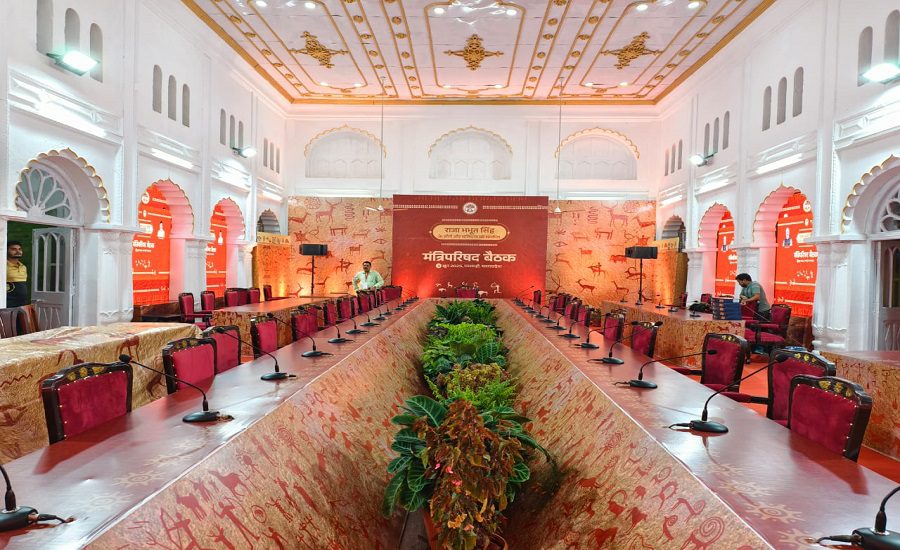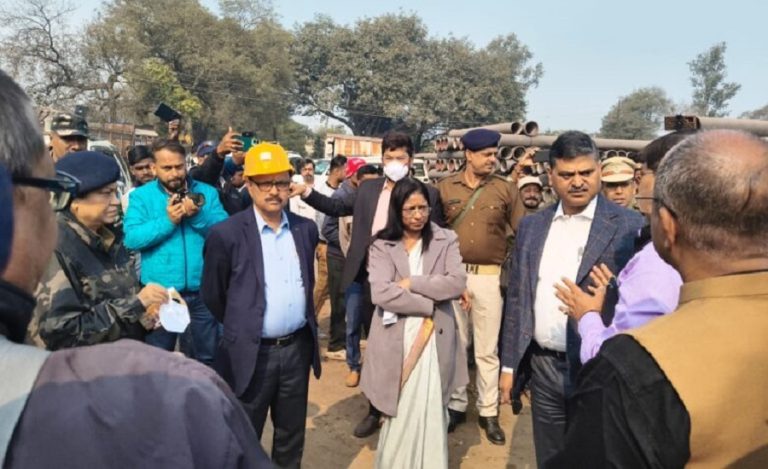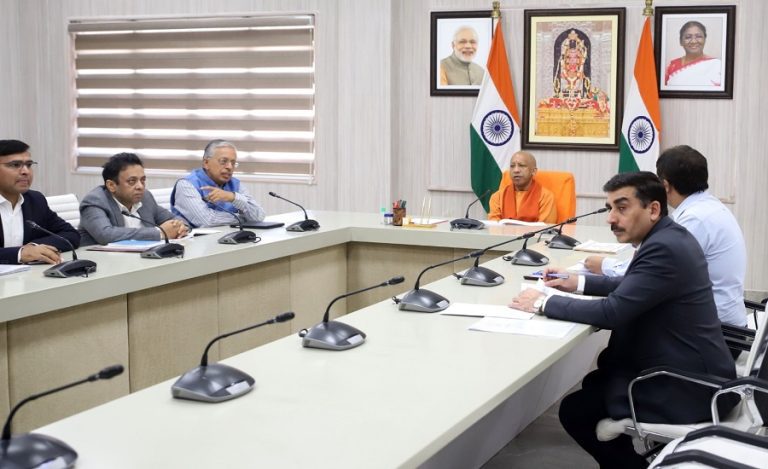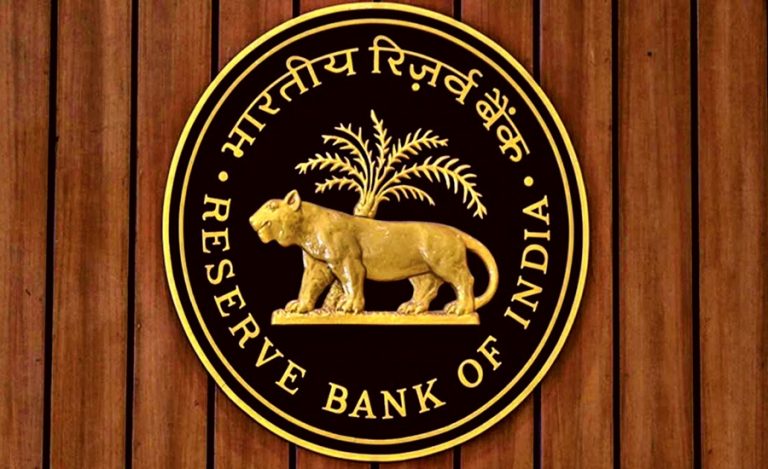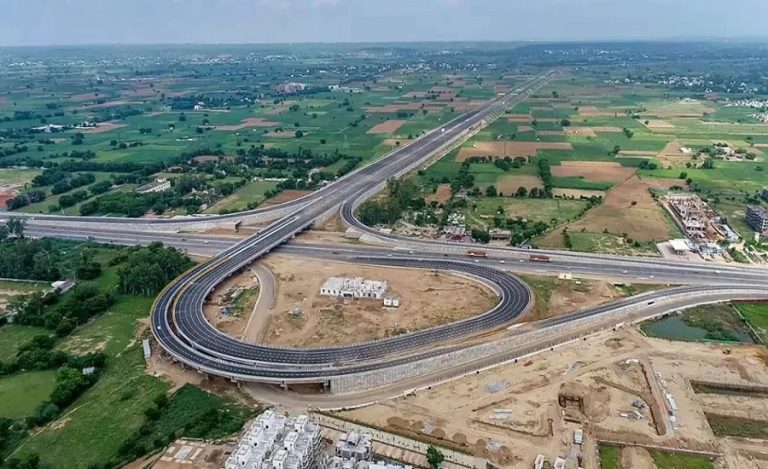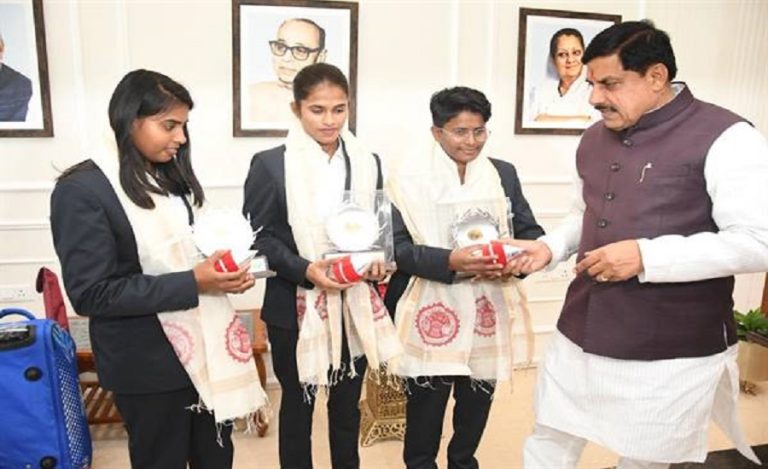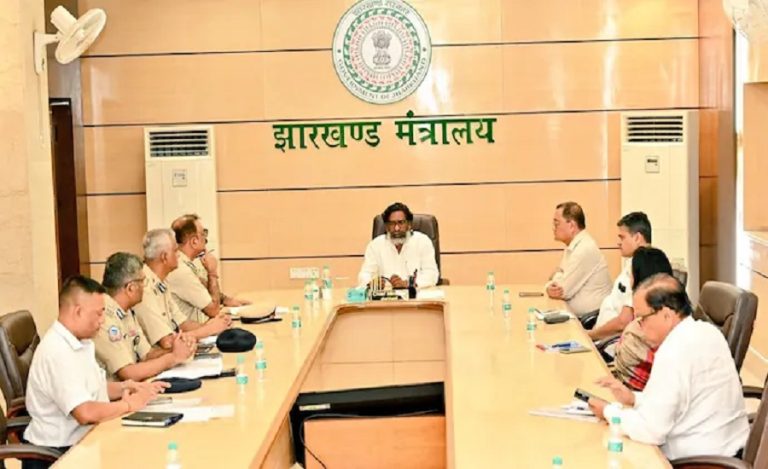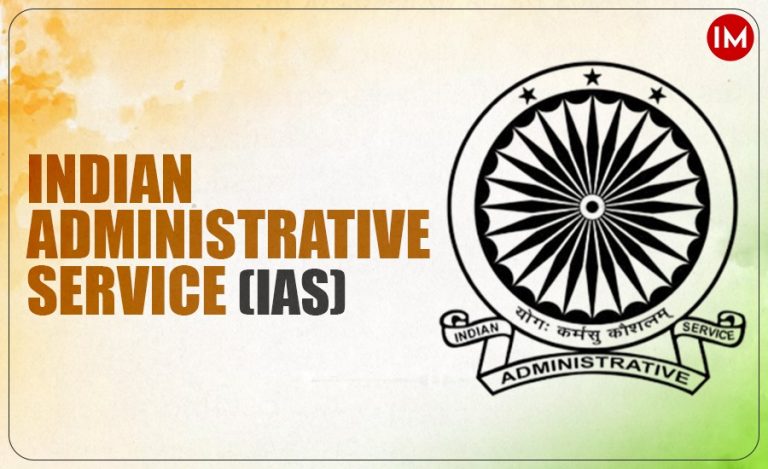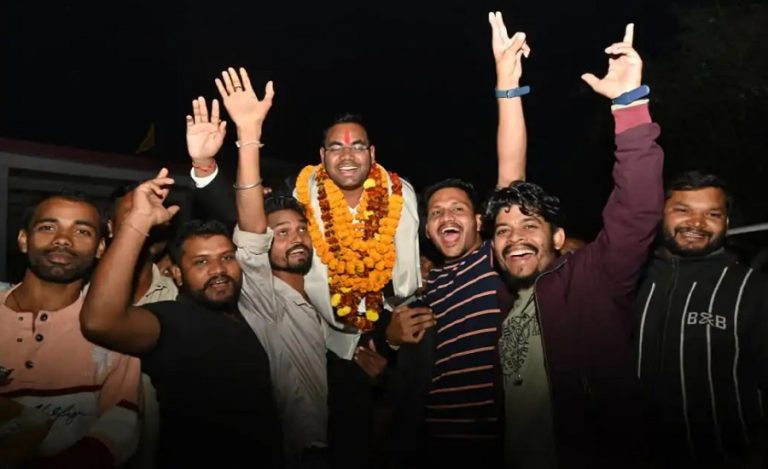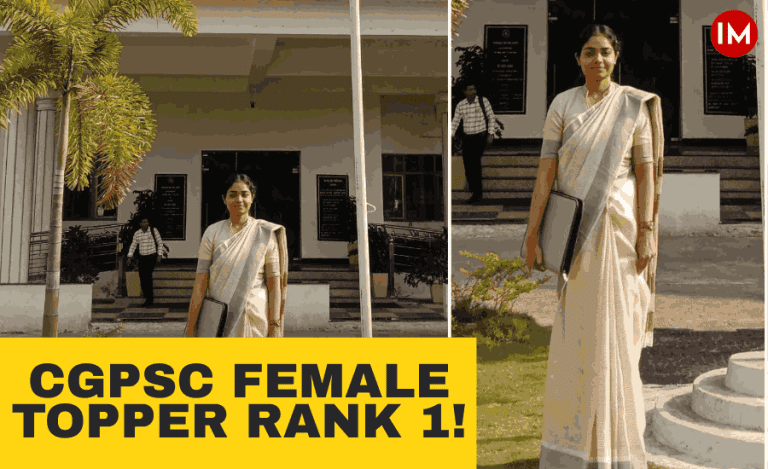Pachmarhi, MP: In a first-of-its-kind initiative, the Madhya Pradesh government led by Chief Minister Dr. Mohan Yadav will hold a landmark cabinet meeting on June 3 at the historic Raj Bhavan in Pachmarhi. This destination cabinet is dedicated to tribal icon and freedom fighter Raja Bhabhut Singh, underscoring the government’s focus on inclusive development and tribal welfare.
Raj Bhavan Pachmarhi: A Legacy Since 1887
The Raj Bhavan, originally constructed in 1887, is a magnificent example of colonial-era European architecture. Originally known as “Government House” under the British East India Company, it was the administrative nerve center when Pachmarhi served as the summer capital during the British rule.
Spread over 22.84 acres, the estate houses architectural marvels such as the Darbar Hall, Dance Hall, and various auxiliary quarters including the Secretary’s residence, Camp Hall, Power House, and even an Elephant House.
The Grandeur Within: Architecture and Design
The main building boasts eight grand rooms, each uniquely named–
- Satpura
- Mahadev (Reserved for Governor and spouse)
- Jatashankar
- Chauragarh
- Pandav
- Rajat
- Rajendragiri
- Vayson
The interiors feature teak wood furniture, large skylights, European brass latches, high ceilings, and fireplaces in every room. A long corridor with a wooden ceiling opens to a lush green lawn, creating a serene atmosphere.
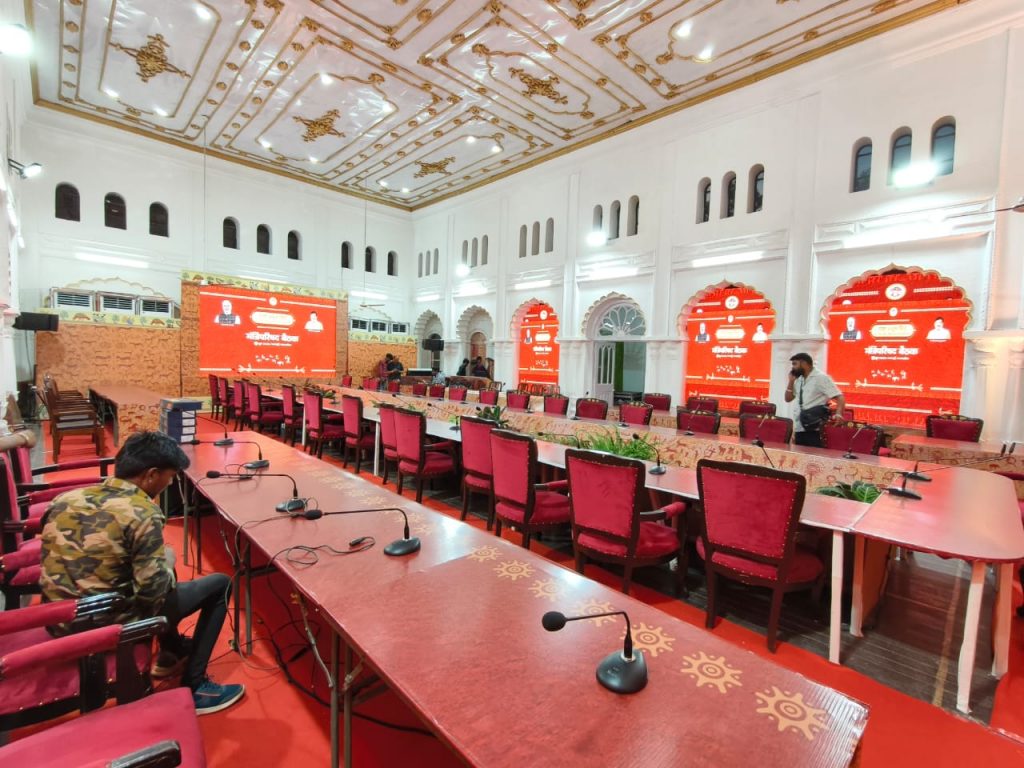
Highlights: Dance Hall, Darbar Hall & More
The Dance Hall, built in 1910-11, features a hollow wooden floor, ideal for performances. Nearby, the Darbar Hall, constructed in 1912, served as the primary venue for British administrative meetings and continues to house billiard tables, ivory balls, a grand piano, and colonial-era furniture.
The adjacent dining hall is equipped with a modular dining table, fire place, and a brass bell – all reflecting vintage British hospitality.
Natural Heritage: Lawn, Kitchen Garden & Wildlife
Raj Bhavan’s circular lawn, one of Pachmarhi’s most scenic, is lined with ornamental plants and tall Christmas trees. A 10-acre kitchen garden features over 50-year-old trees of Amrapali, Chaunsa, Dussehri mangoes, and rare Centrose litchi, grown exclusively in Pachmarhi. Native trees like Mahua, Amla, Baheda, and Jamun add to its ecological richness.
Wildlife such as squirrels, mongooses, owls, and exotic birds are commonly spotted across the campus.
Post-Independence Evolution
After India’s independence, Pachmarhi continued as the summer capital until 1967. Then CM Govind Narayan Singh discontinued the tradition. However, the Raj Bhavan still stands as a testament to Madhya Pradesh’s cultural and administrative legacy. Today, it remains under 24×7 security with three monitored gates.
Indradhanush Dormitory: Preserving History for Youth
Previously known as B Bungalow and Camp Hall, the Indradhanush Dormitory was transformed into a 40-room facility inaugurated in 2020. It is now used by students, NCC, and NSS cadets visiting Pachmarhi.

Symbolic Cabinet Meeting to Reaffirm Inclusive Governance
By holding the cabinet in Pachmarhi’s Raj Bhavan, CM Dr. Mohan Yadav seeks to send a powerful message – that governance must reach the remotest corners and uplift marginalized communities. The move emphasizes both the historical significance of the site and the vision of the state government to merge heritage with forward-looking governance.

